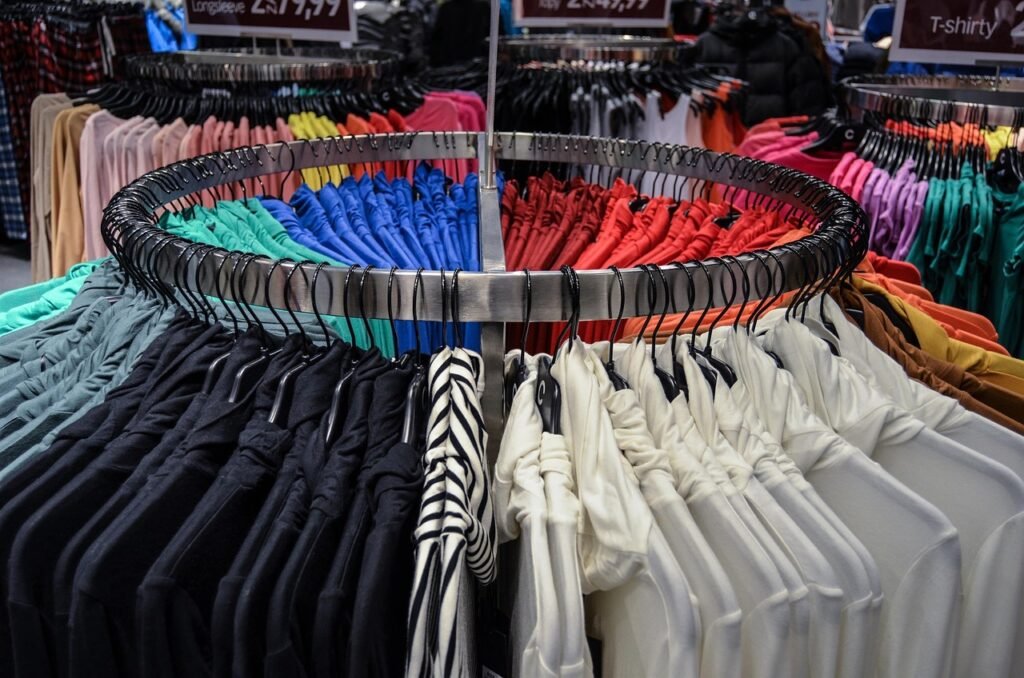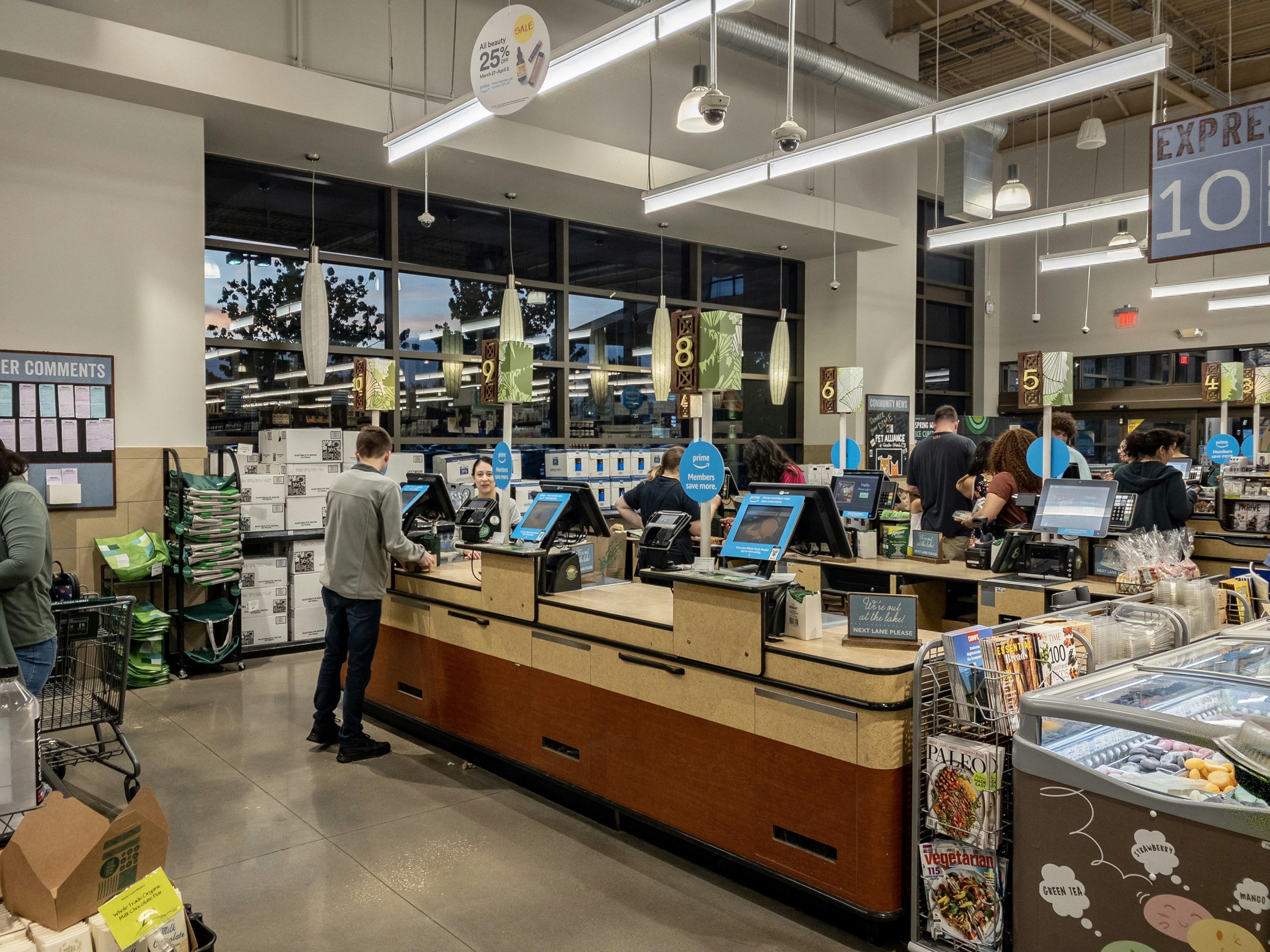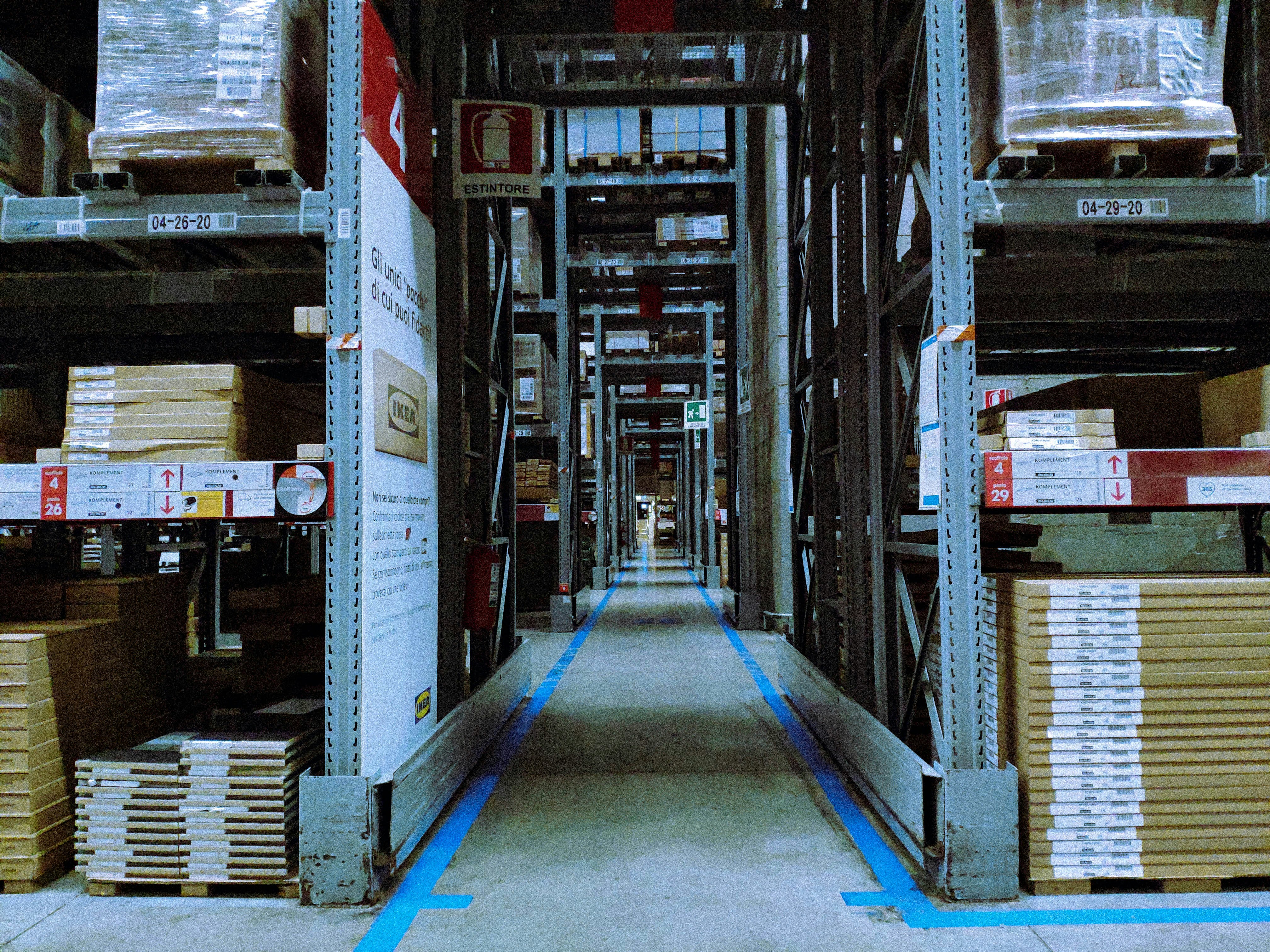Introduction to Barcode Tags
Barcode tags have emerged as an integral component of modern retail operations, particularly in the clothing industry. These tags are graphic representations of data that can be scanned using barcode readers. They typically consist of a series of parallel lines and spaces that encode information about a product, such as its price, size, and inventory status. The use of barcode tags streamlines the inventory management process, making it more efficient and enhancing customer experience.
The history of barcode technology dates back to the early 1950s when the concept of using machine-readable codes for tracking products was first proposed. Eventually, the first commercial barcode scanner was developed in 1974, marking the onset of widespread adoption in various sectors, including retail. Over the years, the evolution of barcode technology has led to the advent of different types of codes, such as QR codes and UPC codes, each offering distinct advantages for inventory tracking and customer engagement.
In the clothing industry, barcode tags are not just tools for tracking inventory; they also play a critical role in improving the shopping experience for consumers. When a customer scans a barcode tag on a garment, they can instantly access information such as product details, availability, and pricing. Furthermore, barcode systems enhance the accuracy of inventory management by reducing human error and providing real-time data on stock levels. This real-time tracking is essential for retailers to make informed decisions on restocking and to minimize losses due to overstocking or stockouts.
As technology continues to advance, the significance of barcode tags in the clothing industry will likely grow, offering innovative ways to improve operational efficiency and customer satisfaction. Their role in the seamless integration of inventory management systems makes them indispensable for retailers looking to thrive in a competitive marketplace.
Types of Barcode Tags Used in Clothing
In the clothing industry, various types of barcode tags serve distinct purposes, each with its specific advantages and disadvantages. Understanding the differences among them can greatly assist businesses in optimizing their inventory management systems and enhancing customer experiences.
The Universal Product Code (UPC) is one of the most widely recognized barcode types. It comprises 12 digits and is primarily used for retail products. The key advantage of UPC is its universal acceptance across various retailers. However, it is limited to numerical representation and does not allow for additional information, making it less versatile than some alternatives.
Another prevalent type is the European Article Number (EAN), which is similar to the UPC but typically contains 13 digits. EAN codes are particularly beneficial for international sales, allowing for wider use in both Europe and other regions. Like UPCs, EANs are simple to implement but may lack the ability to provide detailed product information via the code itself.
QR codes are gaining popularity in the clothing sector, primarily due to their advanced capabilities. These two-dimensional barcodes can store a significant amount of information, including URLs, which can direct customers to additional product details or promotions. The major drawback of QR codes is that consumers must have a smartphone or scanner to read them, which could limit accessibility.
Lastly, RFID (Radio Frequency Identification) tags are increasingly being adopted for their ability to allow for real-time tracking and inventory management. Unlike traditional barcode systems that require line-of-sight scanning, RFID tags can be read from a distance, enabling faster and more efficient operations. However, the implementation costs and potential interference issues are often cited as disadvantages.
In selecting the right type of barcode tag, businesses should consider their specific operational needs and customer engagement strategies. Each type offers unique features that can significantly improve efficiency and the overall shopping experience when properly utilized.
Benefits of Using Barcode Tags for Clothing
Implementing barcode tags in clothing retail provides numerous advantages that significantly enhance inventory management and customer experience. One of the most notable benefits is the improvement in inventory accuracy. By utilizing barcode technology, retailers can eliminate manual entry errors that often occur with traditional inventory management methods. Scanning barcodes allows for swift updates and real-time tracking of stock levels, ensuring that businesses maintain optimal inventory and avoid stockouts or overstock situations.
Another key benefit is the increase in efficiency during the checkout process. Barcode tags facilitate faster scanning at the point of sale, reducing wait times for customers. This efficiency not only improves the overall shopping experience but also enables staff to assist more customers in a shorter time frame. As a result, retailers can serve a larger volume of customers, positively impacting sales and profitability.
Moreover, barcode tags improve the tracking of merchandise throughout the supply chain. Retailers can easily monitor the movement of their products from suppliers to stores, allowing for better forecasting and planning. This tracking capability is essential for minimizing losses due to theft or misplacement, as it provides valuable data on product movement and inventory status.
Additionally, implementing barcode tags can lead to increased customer satisfaction. With accurate inventory data, retailers can ensure that popular items are always in stock, reducing the likelihood of customer disappointment. Furthermore, the speed and efficiency of the checkout process contribute to a more pleasant shopping experience, fostering customer loyalty and encouraging repeat business. Overall, the benefits of barcode tags extend beyond inventory management to encompass an enhanced customer experience that can drive success in the competitive retail landscape.
Implementing Barcode Systems in Your Clothing Business
Implementing a barcode system in a clothing business is a multifaceted process that enhances inventory management and improves customer experiences. The initial step involves selecting the right software tailored to the specific needs of your business. Numerous options are available, each offering distinct features such as inventory tracking, sales reporting, and integration capabilities with existing point-of-sale systems. It is crucial to evaluate these software packages against your operational requirements, scalability, and budget.
Once the appropriate software has been identified, the next phase entails the organization of your inventory. This process includes categorizing clothing items based on attributes like size, color, and style. Creating a structured inventory list will ensure that items can be easily located and managed within the barcode system. At this stage, each item should be assigned a unique barcode, which can be generated through the software tools you have chosen.
Effective staff training is vital to the success of any barcode system implementation. Conduct training sessions that cover the operational aspects of the software, the scanning process, and the significance of data accuracy. Employees should be comfortable using the barcode scanners, updating inventory levels, and managing product information to achieve optimal performance.
Integration with existing business processes is another critical step in ensuring a seamless transition to a barcode system. This might involve syncing the barcode inventory system with your current sales platform and supply chain management processes. Open communication among different departments—such as sales, inventory management, and customer service—is essential to foster collaboration and maximize the benefits of the new system.
In conclusion, the successful implementation of a barcode system in your clothing business requires careful planning, the right tools, and thorough staff training. By following these steps, you can enhance your inventory management processes and improve the overall customer experience.
Challenges and Considerations When Using Barcode Tags
Implementing barcode tags for clothing can offer numerous advantages, but businesses must also navigate several challenges to ensure effective integration into their operations. One of the primary hurdles is the initial cost associated with the implementation of a barcode system. This may include expenses related to purchasing barcode printing equipment, scanning devices, and the software necessary for inventory management. Larger organizations particularly might face a significant financial burden upfront as they deploy these systems across multiple locations.
Training staff is another critical consideration. Employees must be adequately trained not only to use the barcode scanning equipment but also to understand the software that manages inventory. Inadequate training can lead to operational inefficiencies, errors in transaction processing, and frustrations among team members. Thus, investing time and resources in comprehensive training programs is crucial to maximize the benefits of barcode technology.
Technical issues can also present significant challenges. Systems may experience occasional malfunctions or errors, leading to delays in inventory processing or discrepancies in stock levels. Businesses should prepare for these potential technical difficulties by establishing strong IT support and regularly maintaining their barcode system. Moreover, it is essential to consider the environment in which barcode tags are used, as factors such as lighting conditions and the physical handling of tags can affect scanning accuracy.
Another aspect to consider is compatibility with existing systems. Some organizations might have established inventory management practices that could be disrupted by the introduction of barcode technology. Therefore, a careful assessment of current processes and how they will integrate with barcoding systems is necessary to streamline operations. By acknowledging and addressing these challenges, businesses can better position themselves to leverage the full potential of barcode tags for clothing, ultimately enhancing inventory management and improving customer experiences.
Best Practices for Barcode Tag Management
Effective management of barcode tags in a clothing business is crucial for enhancing inventory control and improving the overall customer experience. To ensure the longevity and usability of barcode tags, barcode readability must be maintained consistently. It is essential to place barcode tags in locations that avoid wear and tear, ensuring they remain clear and accessible during the scanning process. Regular inspections can help identify fading or damage, allowing for timely replacements to avoid disruption in operations.
Conducting regular audits of the inventory is another best practice for barcode tag management. These audits help confirm that each item in stock is accurately represented in the inventory system, preventing discrepancies that can lead to stockouts or overstock situations. By scheduling audits on a consistent basis, businesses can identify potential issues with their barcode systems and address them proactively, maintaining the integrity of the inventory management process.
Updating the tagging system to reflect changes in inventory is equally important. As new clothing items are introduced, it is vital to ensure each piece is tagged appropriately and that all pertinent information—such as size, style, and price—aligns with the existing database. This not only facilitates efficient inventory tracking but also enhances the customer experience, as accurate tags enable easier product searches and checkouts.
Moreover, training staff on proper barcode tag usage and management can substantially improve outcomes. Ensuring all employees understand the significance of maintaining barcode readability and adhering to procedures during inventory checks can streamline operations. Overall, adopting these best practices for barcode tag management will contribute significantly to a clothing business’s operational effectiveness, providing better inventory control and a more satisfying shopping experience for consumers.
Case Studies: Successful Implementation of Barcode Tags in Clothing Retail
To better understand the impact of barcode tags on inventory management and customer experience, let us delve into several case studies showcasing successful implementations in the clothing retail sector.
One prominent example is Fashion Hub, a mid-sized apparel retailer struggling with inventory discrepancies and inefficient stock management. Before adopting a barcode tagging system, the company faced challenges with lost items, incorrect stock counts, and lengthy check-out processes. After implementing a barcode system, each item was affixed with a unique code, facilitating real-time inventory tracking. The solution not only enhanced stock accuracy but also improved the checkout speed, resulting in a 30% reduction in customer wait times and a significant increase in customer satisfaction.
Another noteworthy case is the high-end clothing brand Luxury Threads, which aimed to streamline its supply chain and enhance the shopping experience. They encountered issues with manual inventory checks leading to overstock and missed sales opportunities. By integrating barcode tags at each stage of the supply chain—from production to retail—the brand achieved greater visibility of its inventory. This transition allowed Luxury Threads to optimize stock levels, which boosted sales by 25% in the following quarter and improved overall profitability.
Moreover, the discount retailer Value Wear illustrates the versatility of barcode tags. The brand needed an efficient way to manage its extensive range of products and cater to a diverse customer base. By employing a barcode tagging system alongside mobile point-of-sale devices, Value Wear was able to enhance both inventory management and the customer shopping experience. Customers now enjoy swift transactions while the retailer benefits from real-time sales data, allowing for more informed business decisions.
These case studies demonstrate that implementing barcode tagging systems can address significant challenges in clothing retail, leading to improved accuracy, efficiency, and enhanced customer experiences.
Future Trends in Barcode Technology for Clothing
As the clothing industry continuously evolves, barcode technology is also progressing rapidly, shaping inventory management and customer interaction. One of the notable advancements is the proliferation of mobile scanning applications. These applications enable retailers to harness smartphone capabilities to scan barcodes efficiently, allowing for real-time inventory tracking and management. By employing mobile scanning, businesses can streamline the process of stock-taking and order fulfillment, thereby improving operational efficiency and customer satisfaction.
Another significant trend is the increasing adoption of Radio Frequency Identification (RFID) technology. Unlike traditional barcode systems that require a line of sight for scanning, RFID technology utilizes radio waves to transmit data. This allows multiple items to be scanned simultaneously without the need for physical interaction. In the clothing sector, RFID tags provide enhanced visibility throughout the supply chain, from manufacturing to the point of sale. Retailers can accurately track stock levels, reduce shrinkage, and gain valuable insights into consumer behavior, ultimately leading to better inventory decisions.
The rise of e-commerce is also impacting barcode usage significantly. With the burgeoning online retail market, businesses are increasingly focused on ensuring a seamless customer experience. Barcode technology plays a crucial role in enhancing fulfillment processes for online orders. Automated systems utilizing barcodes allow for efficient picking, packing, and shipping processes, significantly reducing the likelihood of errors. Furthermore, as customers become more tech-savvy, the demand for integrated shopping experiences that utilize barcodes—for returns processing, order tracking, and loyalty programs—continues to grow.
In conclusion, the future of barcode technology in the clothing industry is promising, characterized by mobile scanning advancements, increased RFID adoption, and a robust e-commerce environment. As these trends develop, they will undoubtedly play a pivotal role in shaping the way retailers manage inventory and engage with their customers.
Conclusion: The Future of Barcode Tags in the Clothing Industry
Throughout this guide, we have examined the pivotal role of barcode tags in the clothing industry, highlighting their significant impact on inventory management and customer experience. As businesses continue to navigate an increasingly competitive landscape, the adoption of barcode technology has proven to be essential in streamlining operations and enhancing productivity. Barcode tags facilitate efficient tracking of stock, aiding retailers in maintaining optimal inventory levels and reducing instances of overstock or stockouts. This leads to improved profitability and drives customer satisfaction.
Moreover, the integration of barcode technology offers a seamless shopping experience for consumers. With the rise of e-commerce and omnichannel shopping, the demand for accuracy and efficiency in fulfilling orders has never been greater. Barcode tags allow businesses to manage inventory across multiple channels, ensuring that customers receive their desired items in a timely manner. This improved accuracy not only enhances operational efficiency but also fosters customer loyalty.
As we look towards the future, it is clear that barcode technology will continue to evolve, introducing innovations such as RFID integration and enhanced data analytics capabilities. Retailers and manufacturers must stay informed about these technological advancements to remain competitive and meet the ever-changing needs of consumers. By investing in barcode tags and the associated technology, businesses can unlock new opportunities for growth and operational excellence.
In conclusion, the future of barcode tags in the clothing industry is promising. As the landscape of retail continues to change, embracing these technologies will be crucial for staying ahead. Companies must prioritize the implementation of effective inventory management practices and seek ways to enhance customer experiences. By doing so, they will not only survive but thrive in an increasingly dynamic market.
© barcodly.com- All rights reserved





